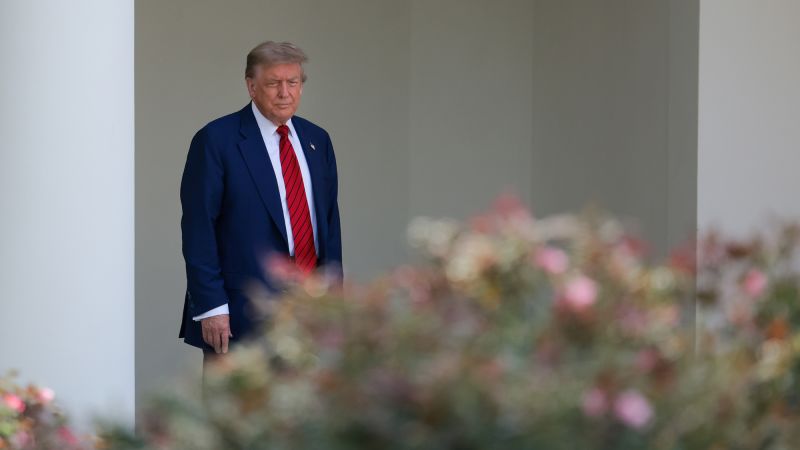On a significant Saturday evening, President Donald Trump declared the launch of a military assault against Iran, marking a pivotal moment in US foreign policy. In a decisive move, military forces deployed bombs on three key Iranian nuclear facilities, namely Fordow, Natanz, and Esfahan, solidifying the United States’ involvement in a contentious Middle Eastern conflict that has been simmering for years. This bold action followed a week of intense deliberation regarding collaboration with Israel in countering Tehran’s nuclear ambitions.
In his communication via Truth Social, Trump proclaimed, “We have completed our very successful attack on the three Nuclear sites in Iran.” This announcement came with assurance that all aircraft had safely exited Iranian airspace, highlighting the operational success of the mission. He was particularly emphatic about the significance of the strike on Fordow, the primary site of concern, declaring that a “full payload of BOMBS was dropped” there, underscoring the scale of the operation.
Despite the gravity of the situation, Trump concluded his message calling for peace, stating, “NOW IS THE TIME FOR PEACE!” This juxtaposition of military action with a plea for tranquility reflects a complex approach to foreign policy that aims to exert military influence while simultaneously promoting diplomatic resolutions. In a later post, he heralded the strikes as a historic moment for the United States, Israel, and globally, claiming, “IRAN MUST NOW AGREE TO END THIS WAR. THANK YOU!” Upon sharing a post indicating that “FORDOW IS GONE,” Trump was reaffirming the operation’s substantial impact.
The decision to directly target Iran represents one of the most significant actions of Trump’s second presidency, with implications that may reverberate throughout the region and beyond. The ongoing debate within Trump’s political coalition regarding the risks of engaging militarily with Iran underscores the division among Republican lawmakers, many of whom fear that U.S. intervention could potentially lead to a prolonged conflict.
This strike marks a considerable escalation in U.S.–Iran relations and is unprecedented since the Iranian revolution in 1979, showcasing the extent to which hostilities have escalated. For the operation, American B-2 bombers were tactically chosen due to their unique capability to deploy the Massive Ordinance Penetrator—an effective “bunker buster” bomb engineered to penetrate deeply fortified structures such as Fordow, where Iran’s nuclear capabilities were being substantially developed.
The targeting of Fordow, an option weighed by previous administrations but ultimately dismissed, illustrates a stark departure from the previous diplomatic strategies intended to curtail Iran’s nuclear program. Trump’s action injects him directly into an escalating crisis that he had previously sought to resolve through negotiative means.
In the hours leading up to the strikes, prior coordination with Israel was conducted, as both Trump and Israeli Prime Minister Benjamin Netanyahu were in contact, emphasizing the collaborative element of their efforts in countering Iranian aggression. As tensions spike, Iran’s threats of retaliation loomed large, prompting U.S. forces to strategically bolster their presence in the region.
While Trump expressed optimism that the military strikes would catalyze negotiations with Tehran, he remains cognizant of the potential for retaliation, indicating a careful balancing act in military strategy and diplomatic intentions. After several days of deliberation and recognizing a stalemate in diplomacy, Trump concluded that military action was necessary to neutralize Iran’s nuclear threats effectively.
The current military posture remains vigilant, with American forces on standby, prepared for any Iranian responses. As political conversations evolve around the implications of this decisive move and the broader consequences for international relations, the path forward remains uncertain. The president’s willingness to engage militarily in such a volatile context has the potential to reshape the landscape of U.S. foreign policy in the Middle East for years to come.
In conclusion, President Trump’s recent military actions against Iran not only signify a bold U.S. commitment to counter dangerous nuclear developments but also raise critical questions about the future of diplomatic relations and geopolitical stability in the region. The outcomes of this conflict will be keenly observed by allies and adversaries alike, leading to ongoing discussions about interventionism in international affairs. CNN’s Alayna Treene and Kristen Holmes contributed valuable insights to this evolving situation, emphasizing the depth and complexity of the unfolding narrative.



